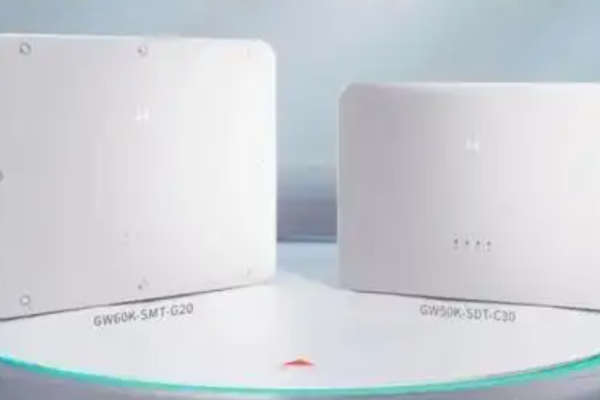Understanding Trade Terms in ESS Exports
For international energy storage system (ESS) exporters, trade terms directly impact pricing, risk, and logistics. Among the most commonly used Incoterms are FOB (Free on Board) and CIF (Cost, Insurance, Freight). Selecting the right term can affect competitiveness, buyer confidence, and profitability. Understanding their differences is key for exporters navigating global ESS markets.
1. FOB (Free on Board)
- Definition: Seller delivers goods onto the ship at the port of origin. Buyer assumes responsibility for shipping, insurance, and risk after the goods are loaded.
- Advantages for Exporters:
- Lower liability for transportation.
- Simplified logistics, focusing on warehouse-to-port delivery.
- Attractive to buyers with established freight networks.
- Buyer Consideration:
- Must handle international shipping and insurance.
- Suitable for buyers with logistics expertise.
Exporter Tip: Use FOB for experienced buyers who prefer control over shipping and cost optimization.
2. CIF (Cost, Insurance, Freight)
- Definition: Seller arranges shipping, freight, and insurance to the buyer’s port. Risk transfers to the buyer only upon arrival.
- Advantages for Exporters:
- Attractive to buyers unfamiliar with international shipping.
- Can increase perceived service value.
- Seller Consideration:
- Responsible for shipping costs, freight coordination, and insurance.
- Additional administrative and financial responsibilities.
Exporter Tip: Offer CIF for new or smaller buyers who require full-service export support.
3. Risk Management
- FOB: Buyer assumes risk once cargo is on board.
- CIF: Seller bears risk until the port of destination.
- Export Strategy: Align trade term with your risk appetite and your buyer’s comfort level.
Exporter Tip: Clearly specify risk transfer points in contracts to avoid disputes.
4. Cost Implications
- FOB: Often lower quoted price because buyer manages freight and insurance.
- CIF: Includes additional shipping and insurance costs, potentially increasing the final price.
- Profit Strategy: Analyze buyer market to determine which term enhances competitiveness without eroding margins.
Exporter Tip: Provide transparent breakdowns of costs for both FOB and CIF options.
5. Buyer Preference in Energy Storage Markets
- Developed Markets (Europe, North America): Buyers often prefer FOB, leveraging their own shipping partners and insurance.
- Emerging Markets (Africa, Southeast Asia): Buyers may prefer CIF for a turnkey import experience.
- Export Strategy: Adapt trade terms to market sophistication and buyer capability.
6. Strategic Use in Quotations
- Include both FOB and CIF options in initial offers to demonstrate flexibility.
- Highlight differences in risk, insurance, and logistics responsibilities.
- Use trade terms to signal professionalism and international experience.
Exporter Tip: Clear communication about Incoterms builds trust and reduces misunderstandings.
7. Common Mistakes to Avoid
- Failing to define transfer points for risk and insurance.
- Assuming buyers understand trade term responsibilities.
- Ignoring regional logistics challenges that affect cost and delivery time.
Exporter Tip: Always provide detailed explanations of trade terms in quotations and contracts.
Choosing the Right Trade Term for ESS Exports
Both FOB and CIF have merits, and the optimal choice depends on buyer sophistication, market conditions, and risk appetite. Experienced buyers in developed markets may favor FOB for control and cost efficiency, while emerging market buyers may prefer CIF for simplicity and peace of mind. Exporters who understand and communicate these nuances can strengthen relationships, reduce disputes, and enhance competitiveness.









